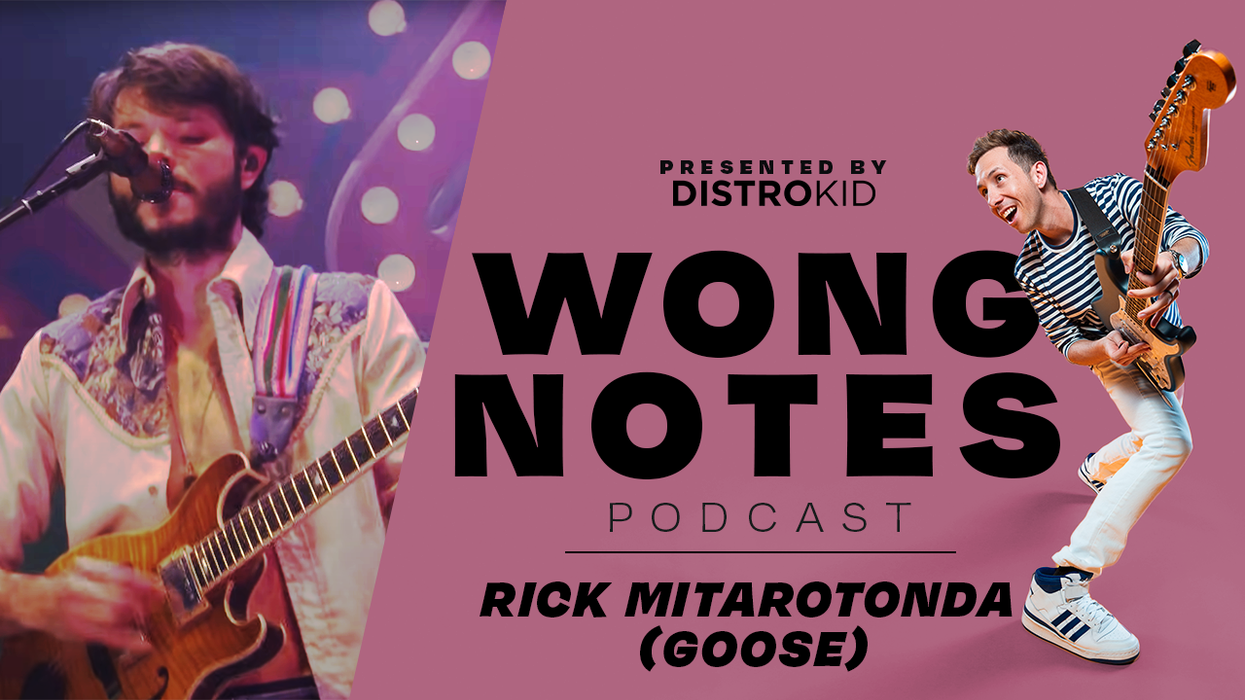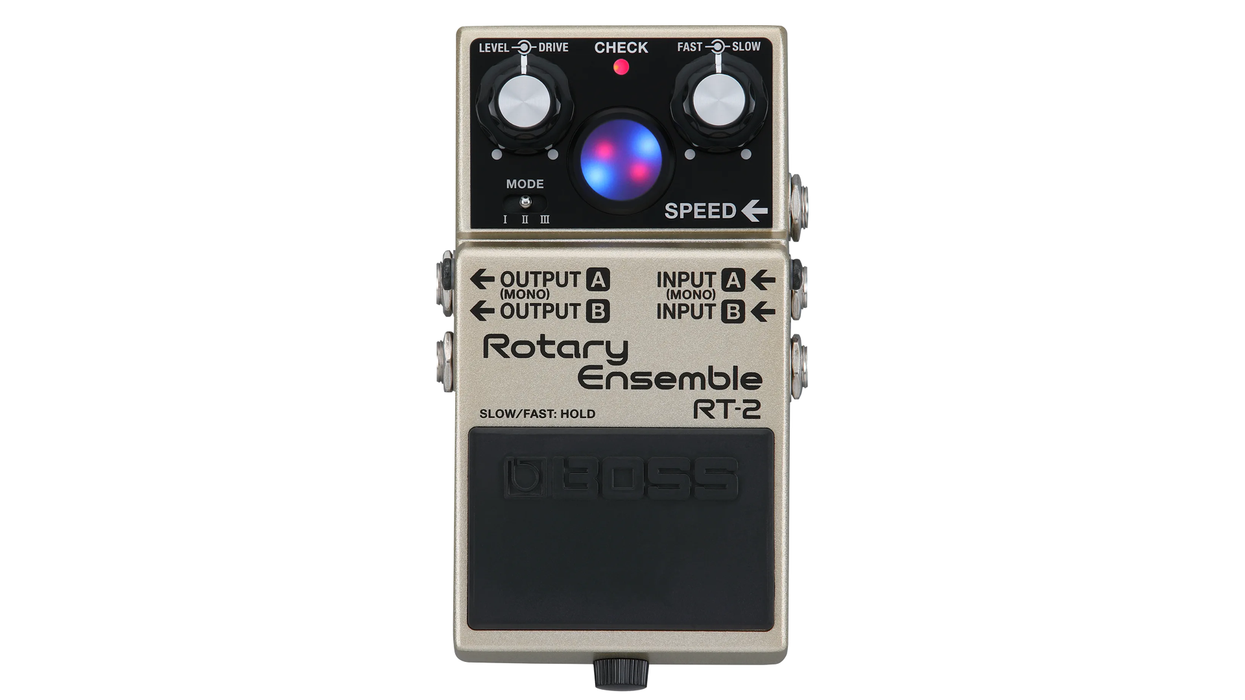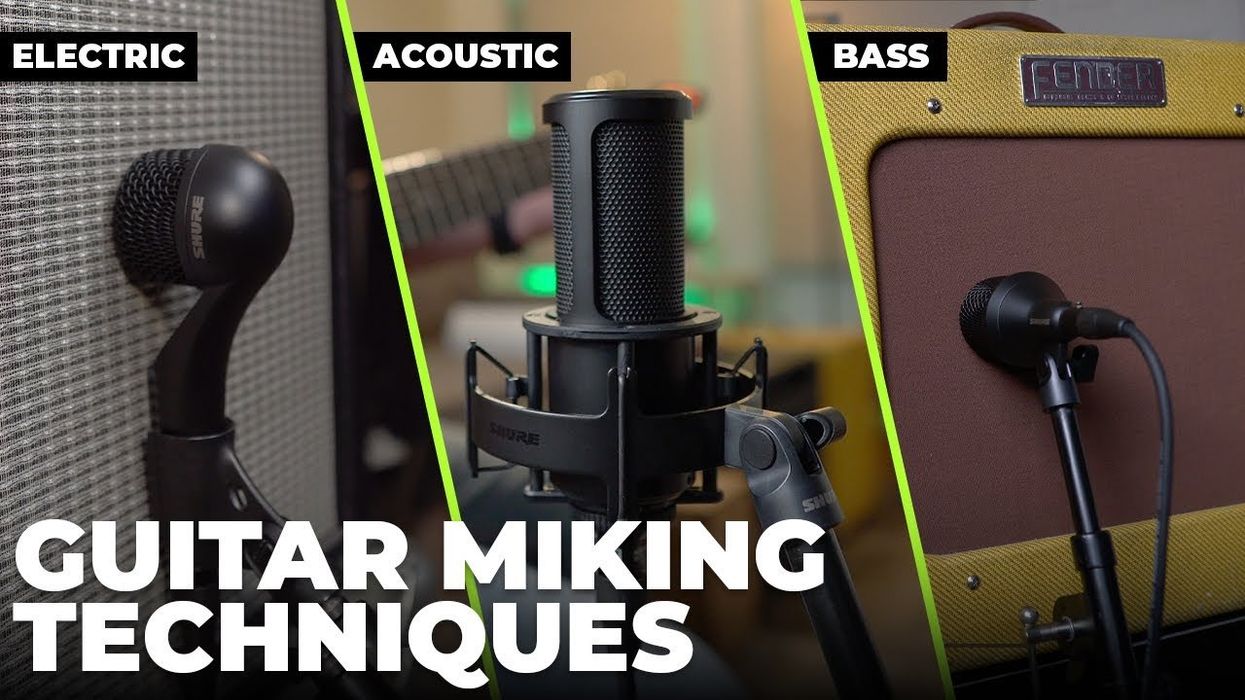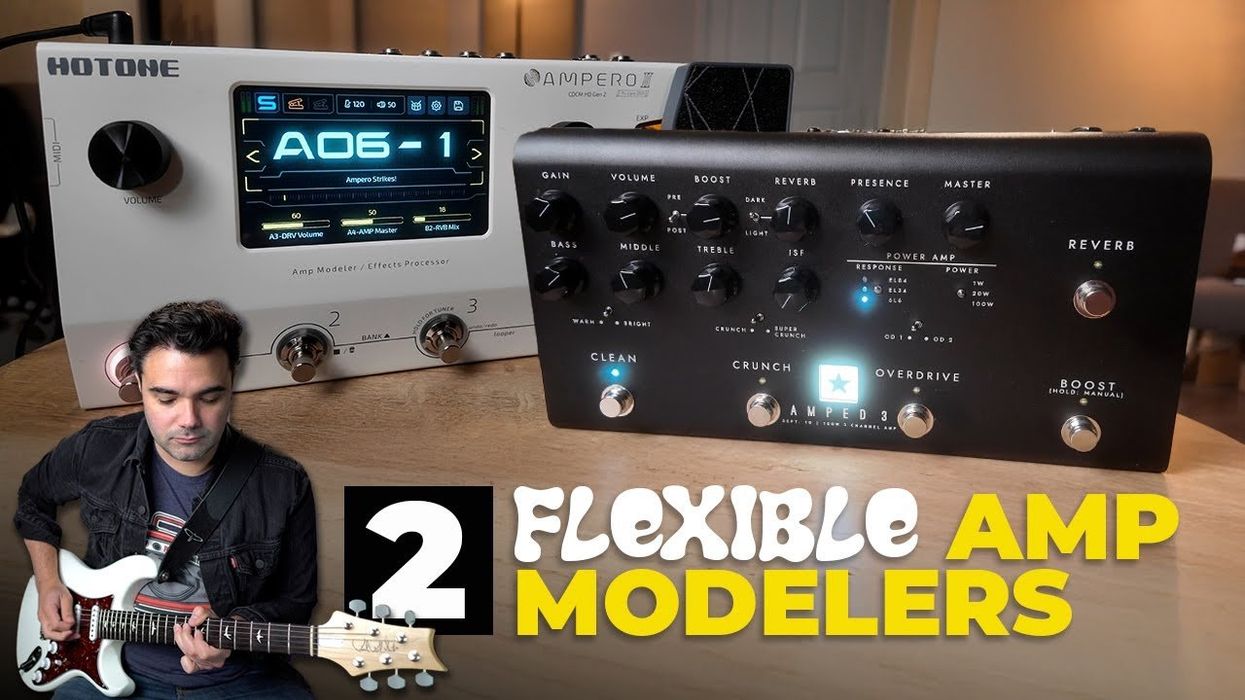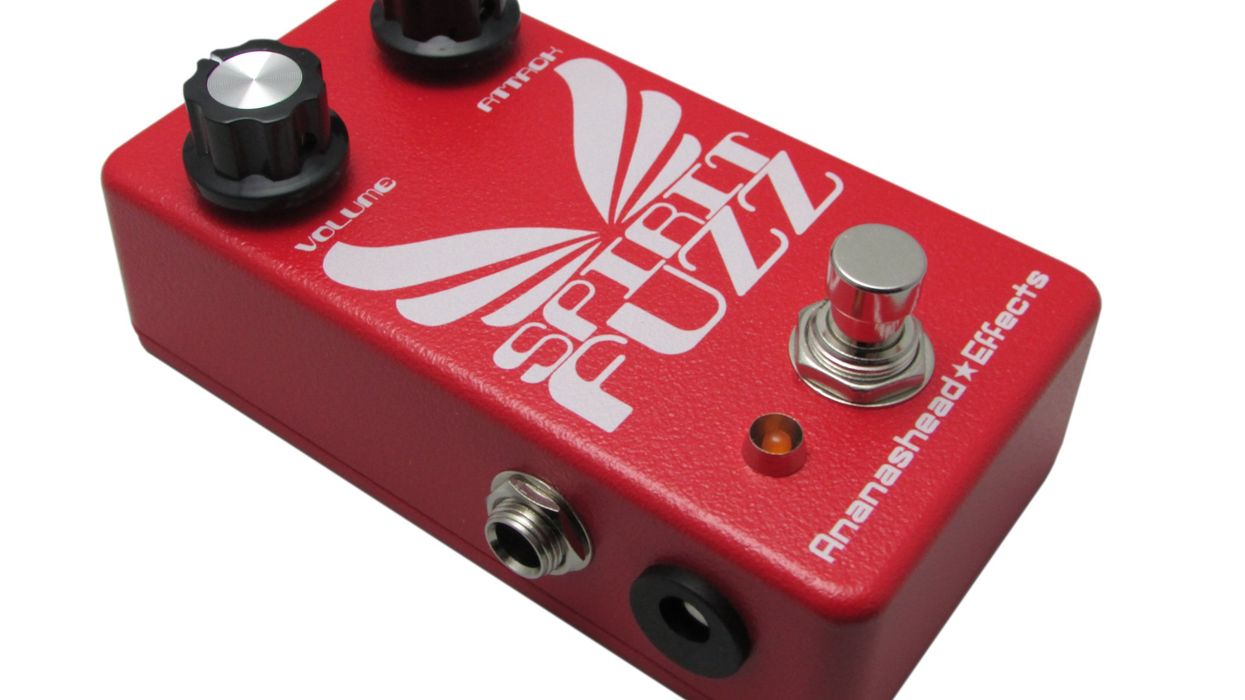Chops: Intermediate
Theory: Intermediate
Lesson Overview:
• Learn the basic elements of Western swing rhythm guitar.
• Understand how to imply harmony with a moving bass line.
• Improve your hybrid-picking technique.
Click here to download a printable PDF of this lesson's notation.
Rhythm guitar. In the right hands it can be as exciting as any flashy solo, and in most genres, guitarists can play rhythm with great sophistication, expression, and power. In a lot of rock music, R&B, and even bluegrass, rhythm guitar is often one of the primary driving forces behind a song. And this applies to country music, of course. As I’ve studied country guitar, I’ve discovered different types of rhythm techniques that have been popular over the years, so in this lesson, we’ll explore several of these historical approaches. I’ll also do my best to show you how other genres of music have taken their fair share of inspiration from country.
Back in the days of Western swing, rhythm guitar was filled with moving bass lines alternating with speedy chord stabs. But the guitarists typically were accompanying fiddle players back then, so the bass lines weren’t nearly as daring as what Tal Farlow or Lenny Breau would play. That is until Eldon Shamblin, of Bob Willis’ band, turned the art of rhythm guitar into a style that was equally beautiful and complex. In a classic tune such as “Stay All Night,” Shamblin would pull off amazing parts like Ex. 1. Here, the harmony starts on the I chord (A) before moving to the IV (D) and then to V (E) before returning to the I.
These movements are really quite easy to grasp with some simple analysis. We start out with a simple A chord in what can be referred to as a “C” shape—basically, taking an open-C chord and moving it up to 9th position. After the A7/G chord, the bass line descends chromatically while weaving through the harmony. Take it slow at first and make sure to visualize each chord shape as you move through the example. I’m sure some of them will be familiar.
Click here for Ex. 1
In Ex. 2, we expand on this idea while moving through some open-voiced chord inversions. Admittedly, the bass line isn’t as smooth as Ex. 1, but the same type of vibe and feel are there. Throughout the first measure, we move through three different inversions of an A major triad (A–C#–E) before anticipating the IV chord with an A7/E shape that’s very common in big band circles (hello, Freddie Green).
Over the IV chord (D), notice how we start with the same shape, but imply three different sounds (D7, D, and Dm) by simply moving the bass note. Economy in motion.
Click here for Ex. 2
Another aspect of country rhythm brings out the guitar’s more percussive and bluesy side. James Burton’s recordings with Merle Haggard caught my ear when learning this style. An example of something Burton might play with Merle is in Ex. 3. This example keeps the right hand busy, but in a totally different way from the prior examples. This is 100 percent twang.
Click here for Ex. 3
In Ex. 4 we expand on this approach by adding some of the chord voicings we first encountered in Ex. 2. In the audio, check out how I create a percussive effect by plucking ghosted notes on the 5th string and palm muting the other notes as I work toward D7. You’d use these techniques more as fills, as opposed to the foundation of a rhythm part.
Click here for Ex. 4
Finally, no discussion of country rhythm guitar would be complete without a look at Chet Atkins. Both Tommy Emmanuel and John Knowles have dedicated their lives to continuing Chet’s legacy. I’d highly encourage you to check out their stuff for some real-deal Chet-style picking. Something I gleaned from one of Chet’s recordings, Ex. 5 is a great intro to this technique. The goal is to keep a simple bass line going while the melody floats along on the higher strings. It’s pretty difficult at first for the right hand, but don’t give up. In the long run, this style will help you develop your hybrid picking in many ways.
Click here for Ex. 5
Keep in mind that everyone plays rhythm a little bit differently. Rhythm is very instinctual and is influenced by touch, which as we all know, differs greatly from player to player. Within the realm of country, there’s plenty of opportunity to create your own compelling rhythm guitar parts.




